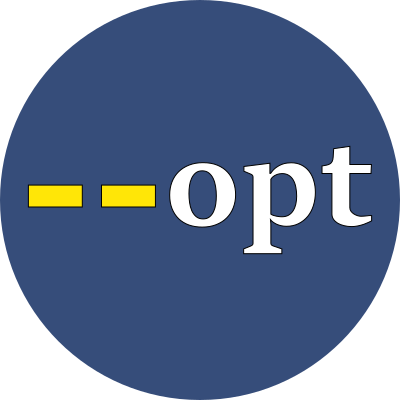Choose the active shorthand symbols
shorthand

Use the shorthand option to choose which set of characters to recognize and interpret as shorthand symbols.
Syntax
The shorthand option can be used to restrict the interpretation of the shorthand symbols. When a shorthand symbol is disabled, there is never a need to use its escape sequence within the manuscript. There are four settings:
// The default setting
!option --shorthand=extended // $, %, \, *, `, #, ., ^, +, ?, ~
// Turn off ARIA roles, RDFa properties, and junctors
!option --shorthand=classic // $, %, \, *, `, #, ., ^
// Turn off identifiers, classnames, and styles
!option --shorthand=limited // $, %, \, *, `
// Turn off generic attributes and sourcerefs
!option --shorthand=none // $, %, \
Note that three shorthand symbols can never be disabled: variables $, Unicode characters %, and the escape sequence \.
BLUEPHRASE shorthand symbols
| shorthand | symbol | enabling setting |
|---|---|---|
| variable | $ | extended, classic, limited, none |
| Unicode character | % | extended, classic, limited, none |
| Escape sequence | \ | extended, classic, limited, none |
| Generic attribute | * | extended, classic, limited |
| Sourceref | ` | extended, classic, limited |
| Identifier | # | extended, classic |
| Classname | * | extended, classic |
| Style | ^ | extended, classic |
| ARIA role | + | extended |
| RDFa property | ? | extended |
| Junctor | ~ | extended |
